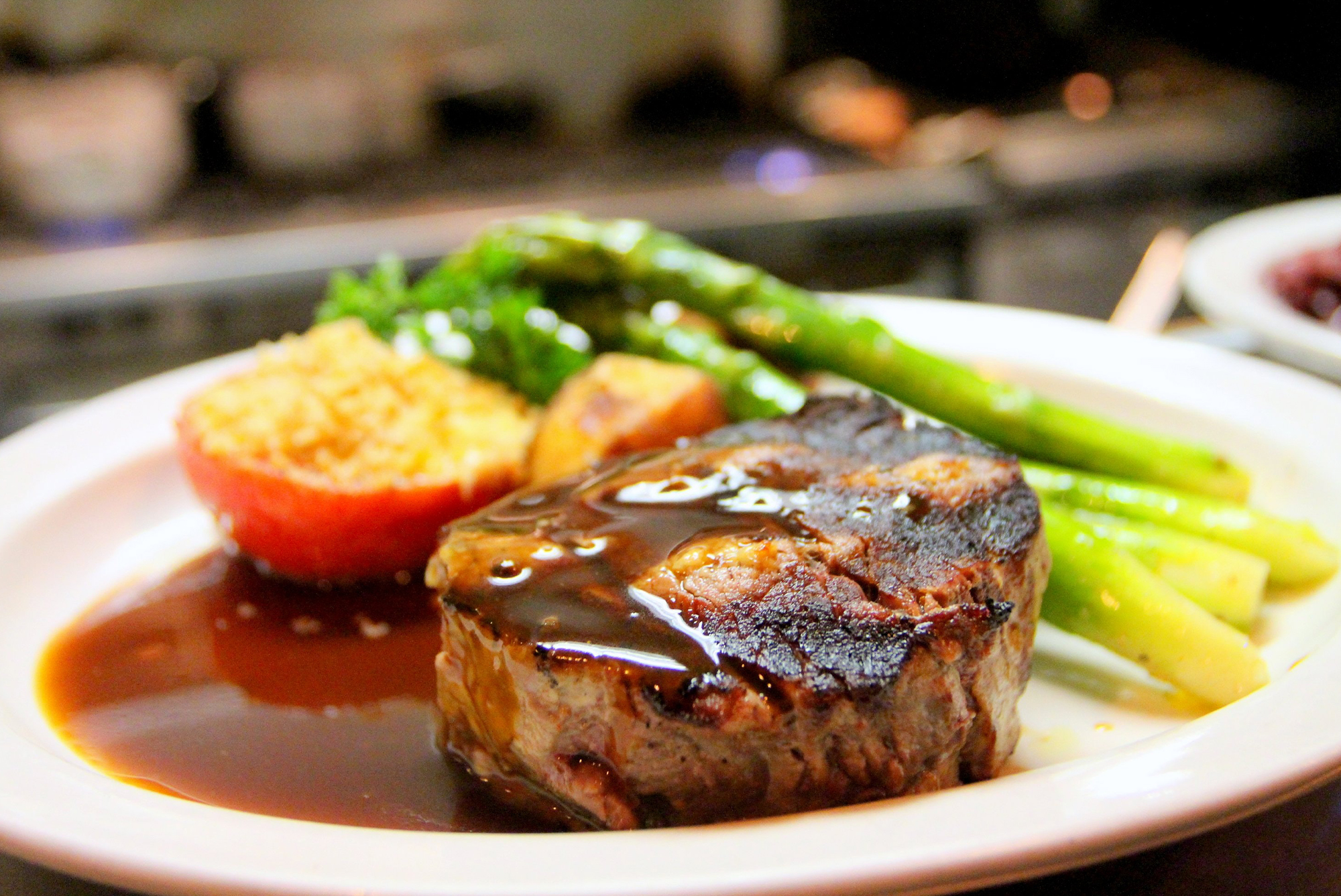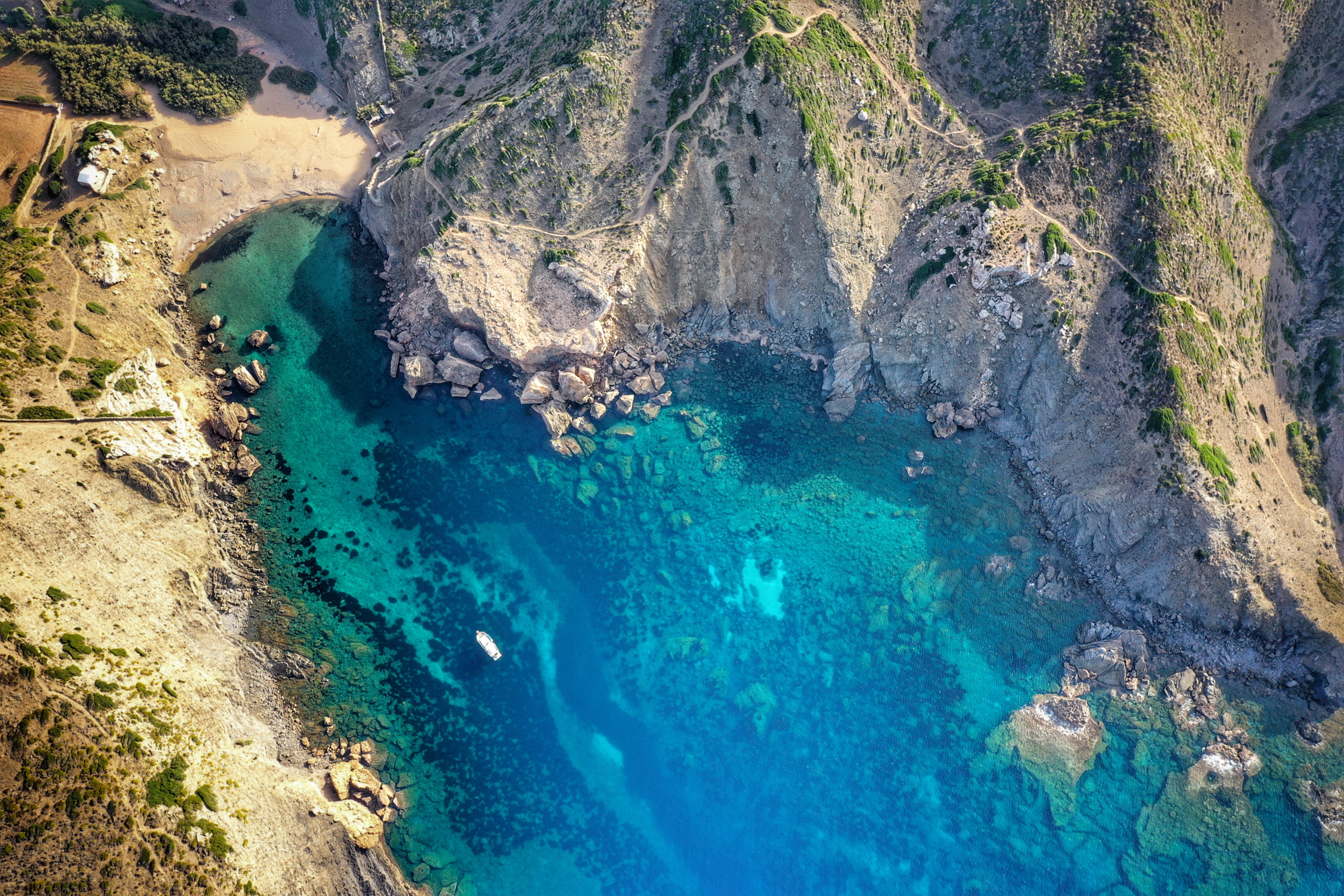In Menorca we call carnival “els darrers dies”, which means the last days in which you can eat meat before Lent. The days include Thursday, a date which is a main event celebrated in Spain where the gastronomy is very popular in the open air, and on Ash Wednesday, the first day of Lent on the religious calendar.
Carnival is a celebration of pagan origin that has developed over the years. In Alaior for example, they celebrate the Forty Hours in honour to Santa Eulalia as an amendment to the sins committed during these “darrers dies”. In the rural carnivals, a straw doll was used and placed on a float to promenade around the streets. People celebrated parties with masks to hide their identity. The urban carnivals had a more organized activity with different involvements according to their social level.
Today, the most festive day is the Saturday of Carnival, a day when people dress up and disguise themselves. We recommend that you don’t miss the parade in Maó or the dance in Ferreries. In Ciutadella, Estudiantina of Casino 17 de Gener, celebrate by going through the town streets singing.
The Tuesday before Ash Wednesday is called “Es Darrer di Marts” the last Tuesday. In Ciutadella, they usually celebrate in the afternoon with toasted sobrasada. However; it is at night when they “bury” King Carnestoltes (the king of carnival) and in many areas the town’s people wear black as if in mourning as they accompany the coffin. The women simulate their despair and anguish by crying, until a testament is read. In Alaior, Mercadal and Es Migjorn Gran this day is taken as a holiday.

Photo: Diari Menorca
As always gastronomy plays a prominent role. The typical dishes of these festive days are greixera (pork sausage), formatiades (meat pies), flaons (pastry with cheese) and crepell (sweet pastries).









